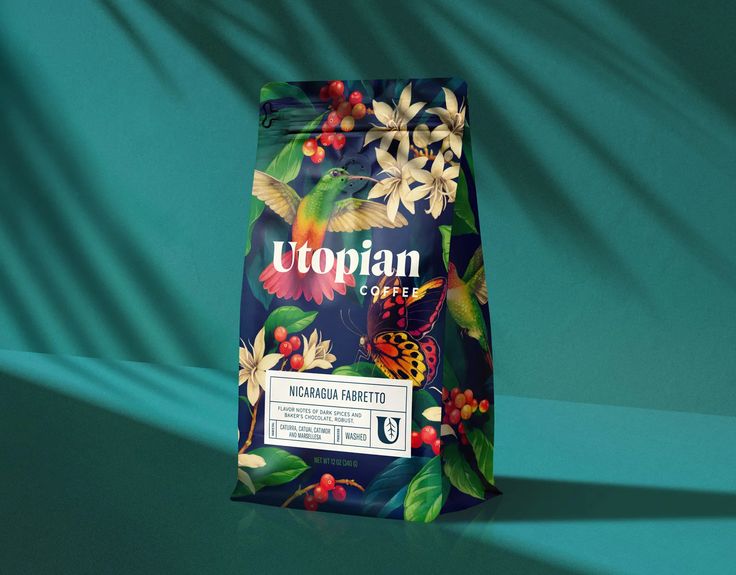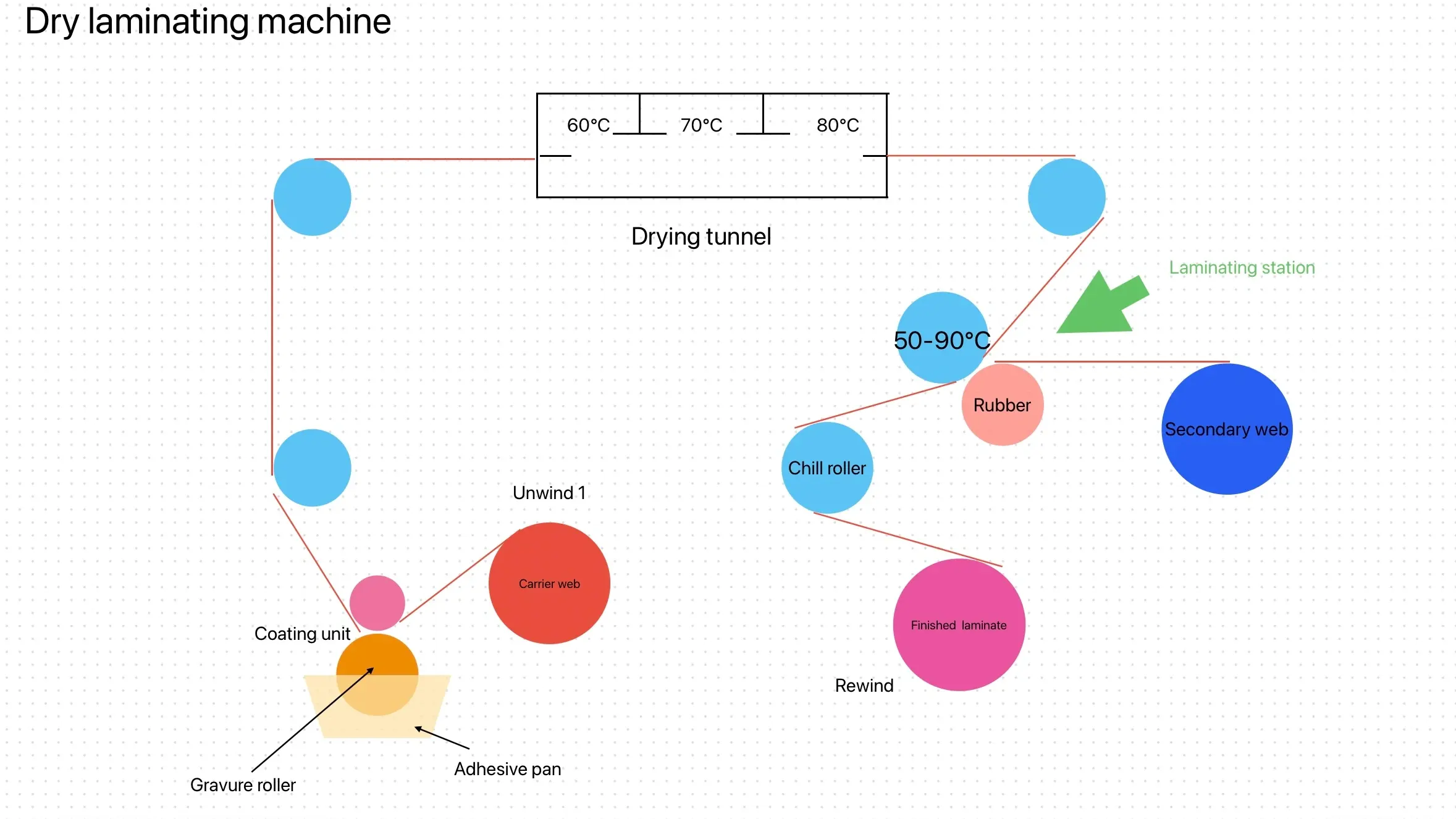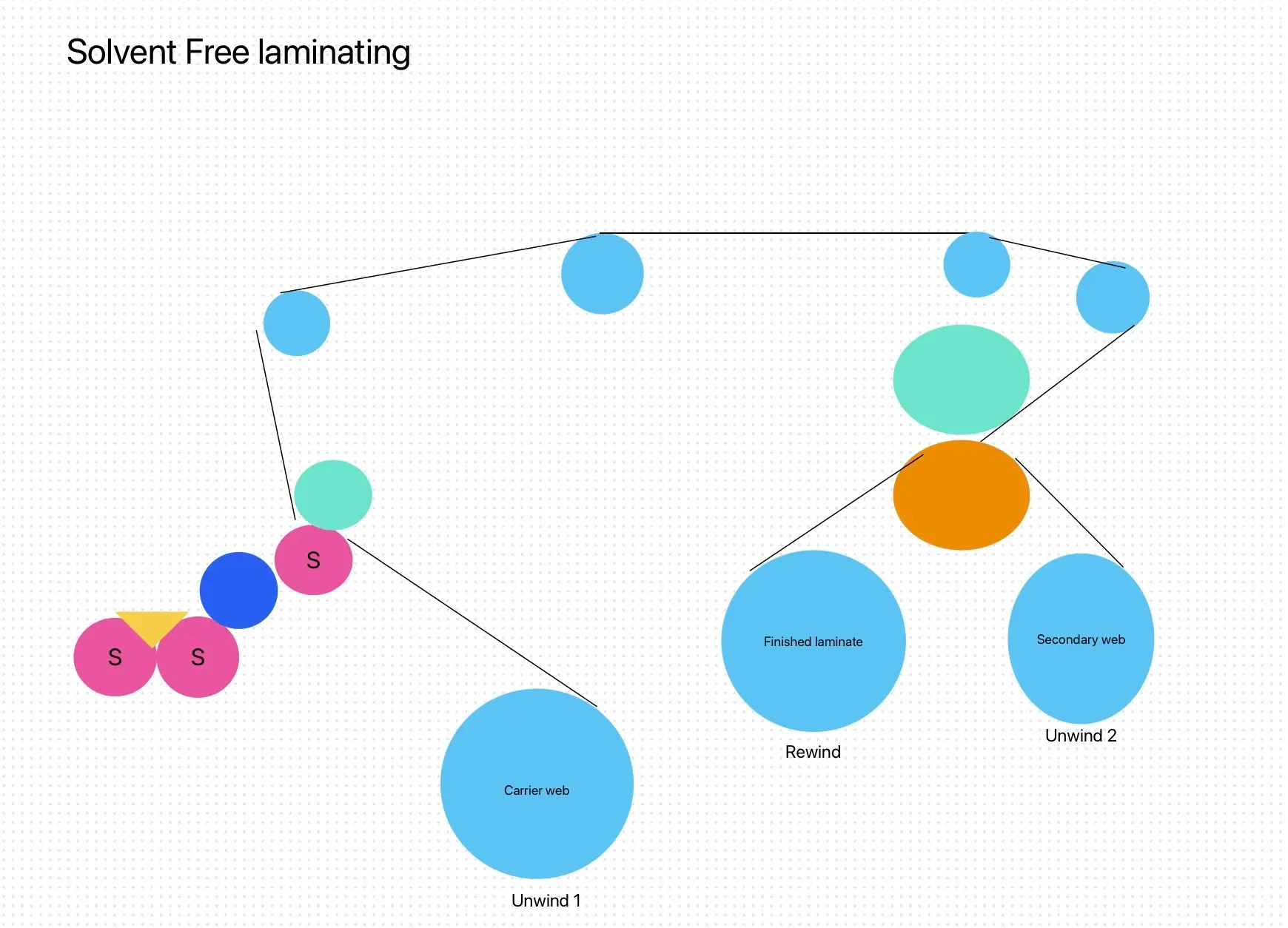Aluminum-coated composite packaging bags are usually designed to provide better protection and long-term storage for products such as food, medicine or cosmetics. This type of packaging bag usually has a multi-layer composite structure, at least one of which is aluminum foil or aluminum film to provide excellent barrier properties and light-shielding insulation. The following are some common aluminized composite packaging bags:
PET/AL/PE structure:
PET layer (polyethylene terephthalate): Provides mechanical strength and stability of the packaging bag.
AL layer (aluminum foil): Provides excellent gas and light isolation performance to prevent the intrusion of oxygen, water vapor and ultraviolet rays.
PE layer (polyethylene): Provides sealing and an additional protective layer to ensure that the product is protected from the external environment.
BOPP/AL/PE structure:
BOPP layer (biaxially oriented polypropylene): Provides transparency and printability of the packaging bag, and is also part of the appearance of the packaging bag.
AL layer (aluminum foil): Same as the above structure, provides gas and light isolation protection.
PE layer (polyethylene): Same as the above structure, provides sealing and protection functions of the packaging bag.
PA/AL/PE structure:
PA layer (polyamide): As the inner layer of the packaging bag, it provides higher gas isolation and heat sealing properties.
AL layer (aluminum foil): Provides gas and light isolation protection.
PE layer (polyethylene): As the outer layer of the packaging bag, it provides protection from the external environment.
These composite packaging bags are widely used for products that require long-term storage and protection, such as coffee, dried fruits, nuts, condiments, etc., because they can provide excellent barrier properties, freshness preservation and light resistance.





